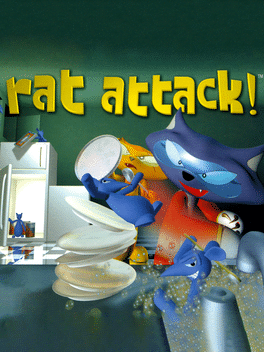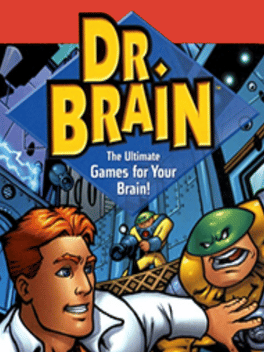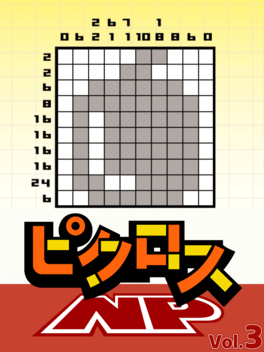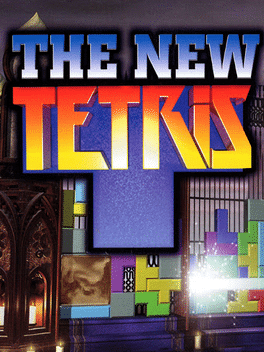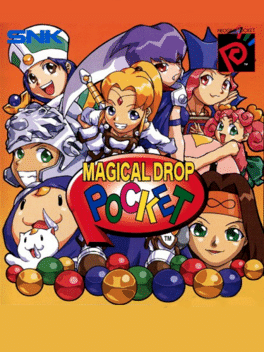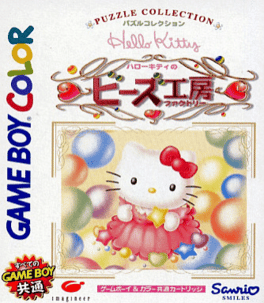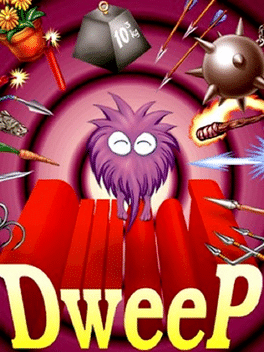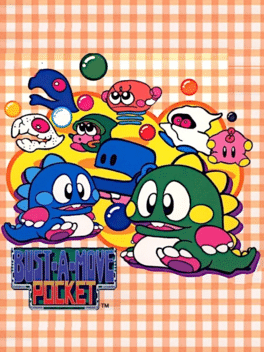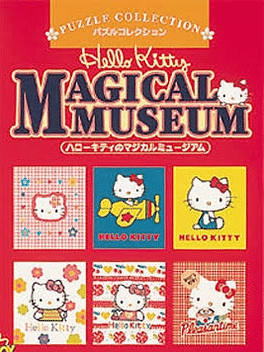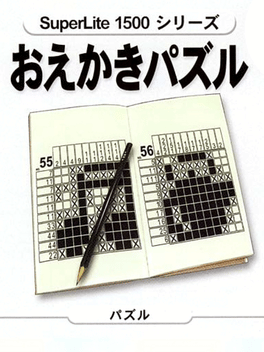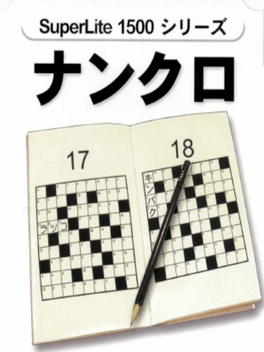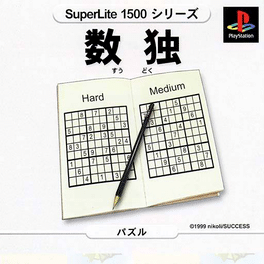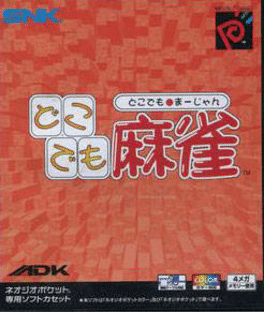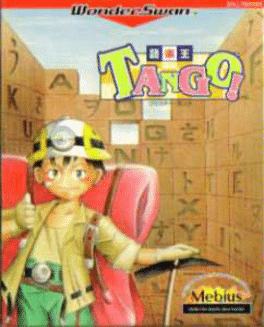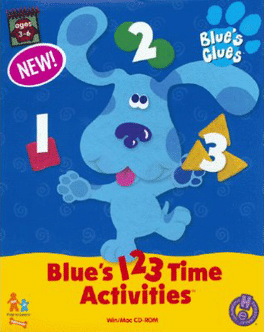New Ps3 Games - Page 267
-
Rat Attack!
1999
Rat Attack!
1999
star 8.6Play as one of the Scratch Cats, an elite superhero team, who are out to save the world from Washington and Jefferson, two evil mutant space rats who wish to enslave the world in rats. Explore each puzzle level and wipe out the rat threat. First you need to catch the rat, using the Eraticator. Then you must find the Destructor pad in each level in order for the rat to be taken out. Each level has a quota of rats you must remove, and if you fail to do so within the time limit (which, in this case, is when the rats destroy everything in the level), you lose. -
Dr. Brain: Action Reaction
1999
This is the final Dr. Brain game, released by Knowledge Adventure in 1999. Using the three laws of physics, Dr. Brain must escape the underwater base and stop the bad guy. -
Picross NP Vol. 3
1999
Picross NP Vol. 3
1999
The third of a series of eight Picross puzzle games distributed over the Nintendo Power cart-writing service. This part includes puzzles featuring characters from the Kirby series. -
The New Tetris
1999
The New Tetris
1999
star 7.3There are several key differences in gameplay from the original Tetris. First, in addition to clearing lines, one can also form 4x4 large squares of four pieces to form blocks. When a block is created, it turns solid gold or silver, depending on the makeup of the block. Blocks can only be constructed from whole pieces: if any part of a piece has been cleared, then it cannot be used to form a block. When a line that has pieces from a block is cleared, it earns more points. -
Magical Drop Pocket
1999
Magical Drop Pocket
1999
Magical Drop Pocket is a Miscellaneous game, developed by SAS Sakata and published by Data East, which was released in Japan in 1999. Magical Drop Pocket's core mechanics are similar to those of Magical Drop III. The only exception is that that the battlefield consists of six columns instead of seven, akin to the Super Famicom ports of the first two Magical Drop games. The game features Story, Self Challenge and Friend Challenge; these correspond to the standard 1P VS Com, Solo, and 2P VS modes featured in other Magical Drop games. Story features five difficulty modes while Self Challenge features three. Like many other handheld puzzle games of the time, Story does not feature a "true" AI opponent; instead, the player attempts to fill a gauge by creating chains. While the player attempts to fill this gauge, the AI attacks at random intervals. -
Shanghai: True Valor
1999
Shanghai: True Valor
1999
Shanghai: True Valor is a 3D puzzler based on the classic Oriental games Mah Jong and Shanghai. Each game starts off with a stack of tiles arranged in a pyramid shape. In order to win, the player is required to match up tiles by finding "free" tiles of the same type. For instance, some tiles have numbers and some have pictures; the object is to find a tile not restricted, blocked, or under another tile. Once a player matches up two tiles of the same type, they are removed and the pyramid is reduced. By removing tiles, previously restricted tiles may be opened up. Gameplay flows in this fashion until there are no more tiles or a stalemate. Stalemates are very common and occur when there are no possible matches or moves remaining. -
Multi Champ
1999
-
Dweep
1999
Dweep
1999
Dweep is a 1999 puzzle game developed and published by Dexterity Software where you control an adorable creature called Dweep, helping him reach his kids by solving various puzzles using some tools such as mirrors, hammers, wrenches and the likes. -
Picross NP Vol. 2
1999
Picross NP Vol. 2
1999
The second of a series of eight Picross puzzle games distributed over the Nintendo Power cart-writing service. This part includes puzzles featuring characters from Yoshi's Story. -
Oekaki Logic
1999
Oekaki Logic
1999
Oekaki Logic is a Puzzle game, published by Sekaibunka Publishing, Inc., which was released in Japan in 1999. -
Bust-A-Move Pocket
1999
Bust-A-Move Pocket
1999
Bust-A-Move Pocket, also called Puzzle Bobble Mini, is a Neo Geo Pocket Color version of the Bust-A-Move (Puzzle Bobble) series of puzzle games. It was released on the Neo Geo Pocket Color by Taito in 1999. The format is similar to Bust-A-Move 2 for the PlayStation. The game's Puzzle mode includes a feature that saves initials of those who have completed the level in the fastest time. The game contains a survivor mode where the player has to burst the oncoming bubbles, making sure they don't reach the bottom line which spells the end of the game. Also present is a vs CPU mode, where the player can compete against a selection of eight characters. -
Hello Kitty no Magical Museum
1999
Hello Kitty no Magical Museum is a Puzzle game, developed by Atelier Double and published by Imagineer, which was released in Japan in 1999. -
SuperLite 1500 Series: Oekaki Puzzle 1
1999
Complete the puzzle game will fill the picture based on the number of horizontal and vertical squares. We offer a total of 500 questions and problems can enjoy hearty beginners to advanced. The addictive puzzle game once while doing ratchet simple rule, mode is also equipped with a polite explanation of worry beginners. -
SuperLite 1500 Series: Nankuro
1999
A crossword is a word puzzle that normally takes the form of a square or rectangular grid of white and shaded squares. The goal is to fill the white squares with letters, forming words or phrases, by solving clues which lead to the answers. In languages that are written left-to-right, the answer words and phrases are placed in the grid from left to right and from top to bottom. The shaded squares are used to separate the words or phrases. Squares in which answers begin are usually numbered. The clues are then referred to by these numbers and a direction, for example, "4-Across" or "20-Down". At the end of the clue the total number of letters is sometimes given, depending on the style of puzzle and country of publication. Some crosswords will also indicate the number of words in a given answer, should there be more than one. -
Dokodemo Mahjong
1999
Dokodemo Mahjong
1999
Doko Demo Mahjong is a Miscellaneous game, developed and published by ADK, which was released in Japan in 1999. -
Kosodate Quiz Dokodemo: My Angel
1999
Kosodate Quiz Dokodemo: My Angel is a Miscellaneous game, developed by Namco and published by Bandai, which was released in Japan in 1999. -
Goraku-Ou Tango!
1999
Goraku-Ou Tango!
1999
Goraku Ou Tango! is a Puzzle game, published by Mebius, which was released in Japan in 1999. -
Blue's 123 Time Activities
1999
Join Blue in his counting activities! Relive your childhood adventures with Steve who is now in college.
